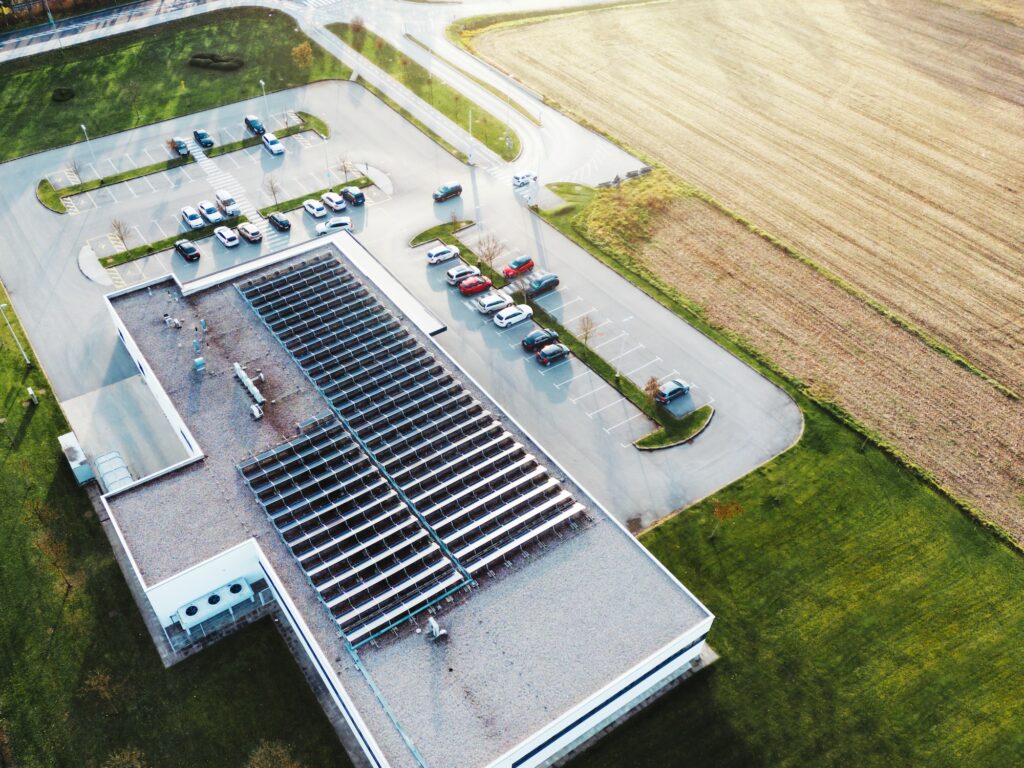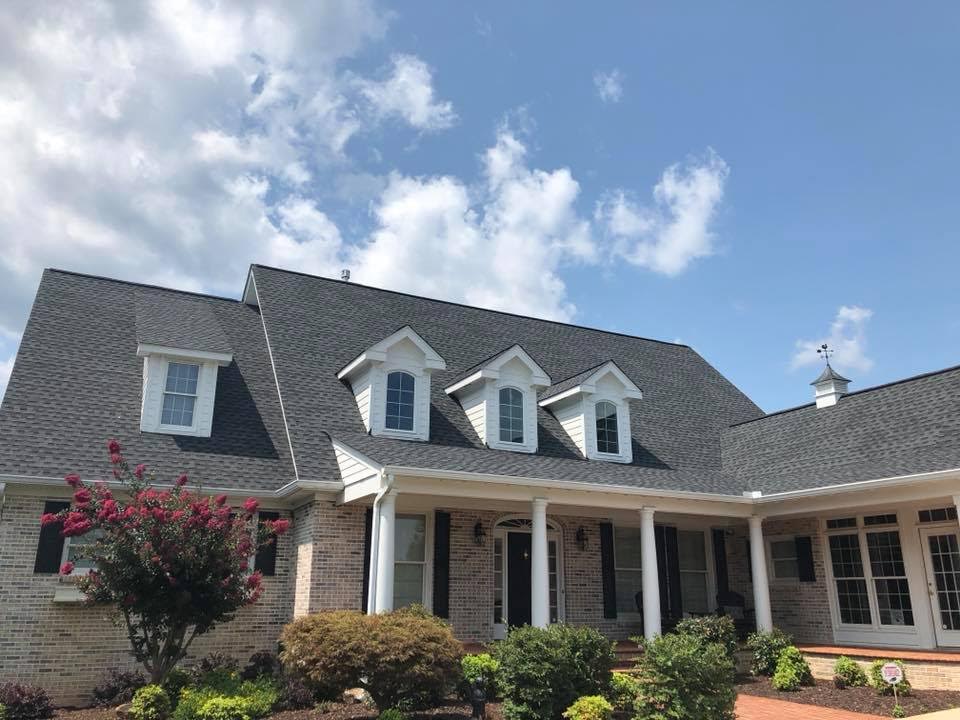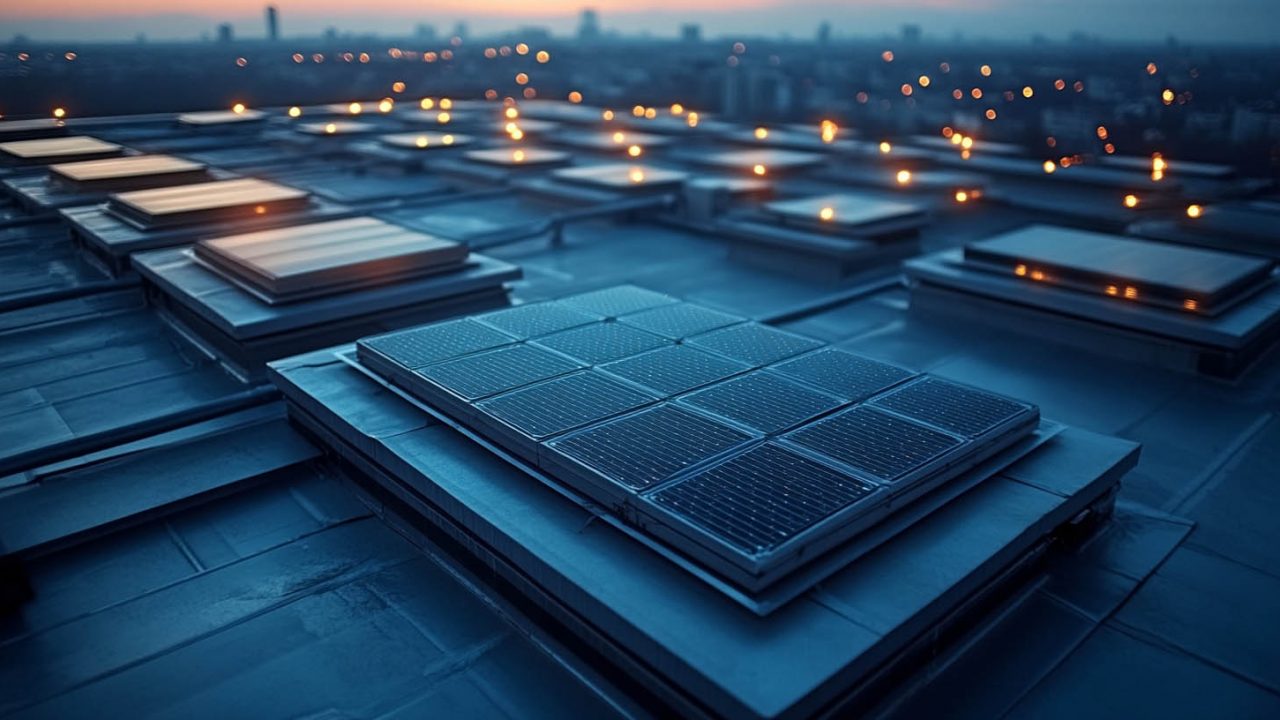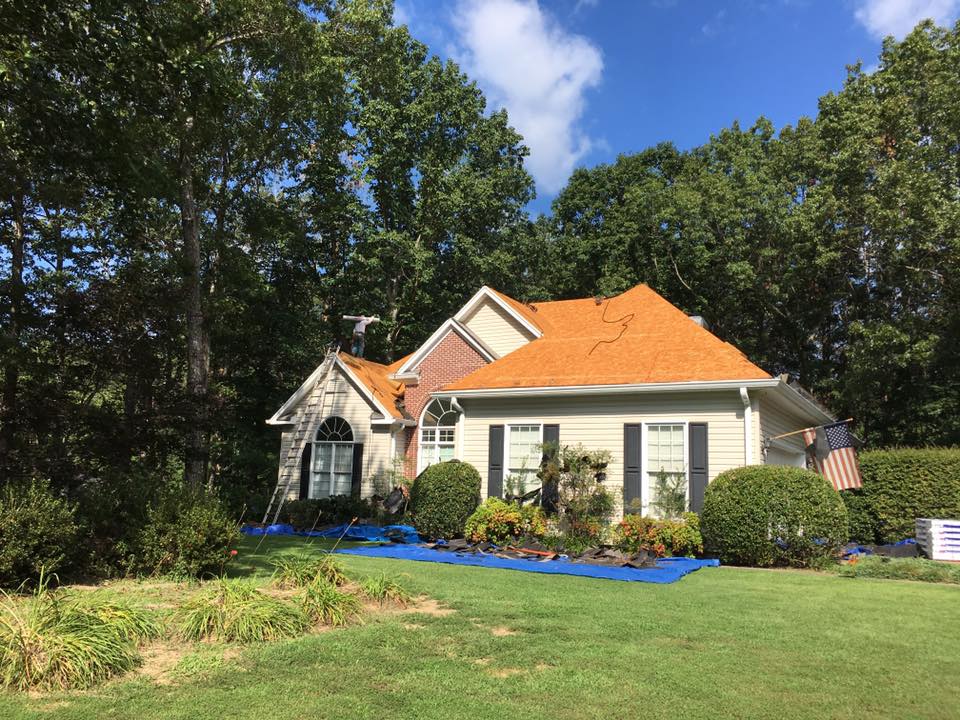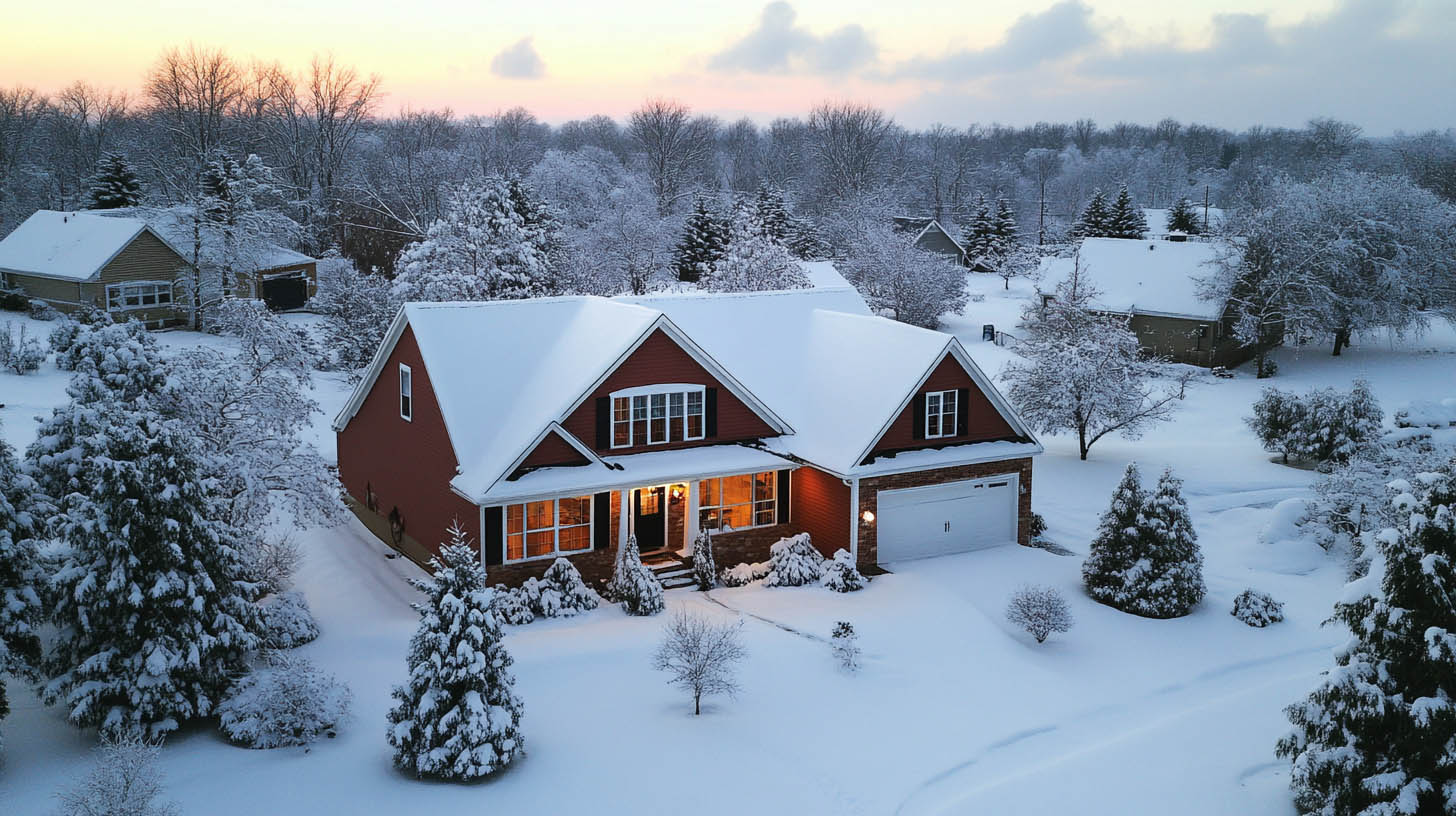When managing a data center, roofing may not be your primary concern. However, the right roofing solution can significantly impact temperature and climate control, ultimately saving money and preventing potential disasters. At United Contracting & Roofing LLC, we understand the critical role that roofing plays in maintaining optimal conditions for data centers.
Why the Roof Matters
Data centers generate substantial heat due to the numerous servers running constantly. In addition to internal heat, the roof also absorbs heat from the sun. For example, in warm climates like California or Texas, a flat asphalt roof can reach temperatures as high as 150°F on a summer day. Many roofs dissipate heat slowly, exacerbating the problem even after the sun sets. Therefore, the roofing system is a crucial factor in your overall cooling strategy.
How Your Roof Affects Temperature
Several factors influence how your roof affects the internal temperature of your building:
Color:
- Darker colors absorb more heat, while lighter colors reflect it.
- The finish of the roof surface also plays a role in heat absorption and reflection.
Material:
- Traditional asphalt roofs absorb significant heat and trap it due to their low conductivity.
- Metal roofs, in contrast, heat up quickly but also release heat rapidly once the sun sets.
- The best materials for cooling are those that reflect light and have low thermal conductivity.
Roof Slope:
- Flat roofs catch more sunlight throughout the day compared to steep-sloped roofs.
- Flat roofs are often chosen for commercial buildings due to ease of construction.
Ventilation:
- Proper ventilation on and under the roof helps expel absorbed heat effectively.
How to Create a Cool Roof
A cool roof is designed to maintain a lower surface temperature compared to traditional roofs. Cool roofs are measured by their solar reflectivity and emittance. Here are some materials and methods to achieve a cool roof:
Single-Ply Membranes:
- Thermoplastic polyolefin (TPO) is highly reflective.
- Ethylene propylene diene monomer (EPDM) can be coated with titanium dioxide to improve reflectivity.
Built-Up Roofing (BUR):
- Composed of asphalt, fabric, and gravel, BUR can be improved with reflective marble or gravel chips.
Metal Roofing:
- Naturally reflective and often comes with an improved painted finish.
Tiles:
- Clay, slate, or concrete tiles can be naturally reflective or treated with a reflective coating, suitable for steep-sloped roofs.
Elastomeric Cool Roof Coatings:
- These coatings provide a reflective surface and improved durability for existing roofs.
Other Data Center Roofing Issues to Consider
In addition to heat reflectivity and emittance, the following factors are crucial:
Sturdiness:
- The roofing material must withstand significant heat and humidity.
- Thermal and moisture resistance are essential.
Drainage:
- Proper drainage prevents standing water, which can shorten the roof’s lifespan and damage its coating.
Consulting with a professional roofing contractor is vital for designing and maintaining a data center. Effective roofing solutions ensure better cooling, lower energy bills, and reduced risk of server damage.
Conclusion
Selecting the right roofing solution for a data center is crucial for effective temperature and climate control. By considering factors such as material, color, slope, and ventilation, you can create a cool roof that enhances the efficiency of your cooling systems. United Contracting & Roofing LLC offers expert guidance and comprehensive solutions to help you optimize your data center’s roofing system.For more insights on Understanding Roof Warranties for Business Owners and Managers, click here.

